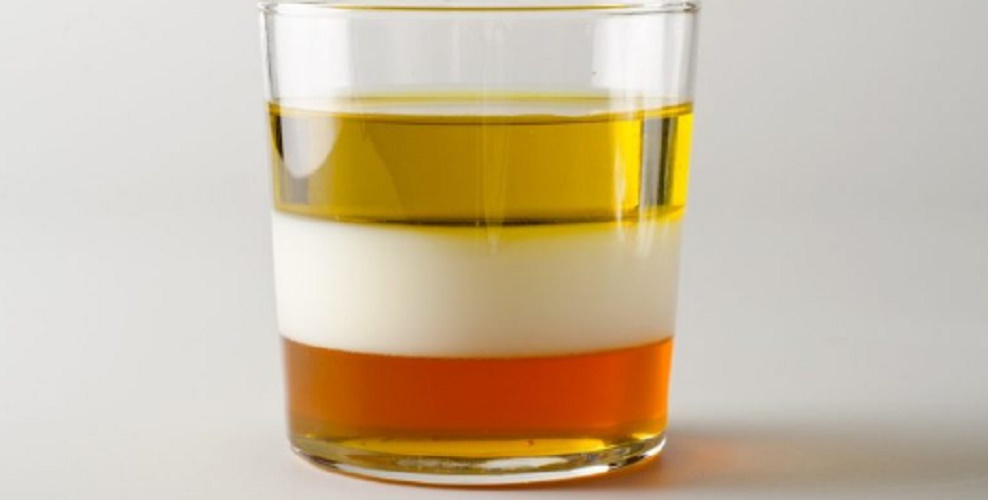What are mixing separation methods?
We explain what are the methods to separate mixtures and define each of these methods with some simple examples.
-
What are mixing separation methods?
It is known as methods of separation of mixtures or methods of separation of phases to the different physical procedures that allow to separate two or more ingredients from a mixture , using the different chemical properties of each of them.
Note then that, for these mechanisms to work, they must be mixtures in which the ingredients retain their identity , and there have been no chemical reactions that permanently alter their properties or give rise to new substances. Features such as boiling point , density or size must be preserved in the ingredients so that the methods of separation of mixtures can be applied.
On the other hand, these methods work without distinction in homogeneous and heterogeneous mixtures , since they do not imply any change in the identity of the ingredients, which can thus recover more or less as they were before mixing. Depending on the method applied, original ingredients with more or less purity will be achieved.
-
Decanting
Used to separate liquids that do not dissolve in each other (such as water and oil) or solids insoluble in a liquid (such as water and sand), it involves the use of a blister or a separating funnel, where Let the mixture stand until the most dense sediment ingredient and go to the bottom. Then the valve opens and lets it out, closing it in time for the less dense ingredient to remain. This method is usually used as the first step towards obtaining purer substances.
-
Filtration
Useful for separating non-soluble solids from liquids , it consists in the use of a filter (filter paper, filter stones, etc.) that allows the liquid to pass through porosity but retains the solid elements. This is how the water filters of our houses operate , or the filter paper where we pour the solid coffee before pouring the hot water on it: the water comes from the paper mixed with the finest of the coffee, and the thick parts are discarded together with the filter.
-
Magnetic separation
It consists of phase separation according to its magnetic potential . Some substances respond to the magnetic fields and others do not, and according to this difference, a magnet or electromagnet is applied to the mixture, allowing it to attract one ingredient and leave the other intact (iron fragments on land, mercury in water, pieces of metal in water, etc).
-
Sifting

It operates in a similar way to filtering, but between solid substances of different sizes (such as gravel and sand, salt and popcorn, or rice and pebbles). A net or sieve is used for this, whose holes allow the passage of smaller fragments and retain the largest. Depending on the material, it can be used as the first step in obtaining pure substances or as a final step.
-
Distillation
Distillation allows soluble liquids to be separated from each other , but which have a different boiling point (such as water and alcohol). The procedure consists in pouring the mixture into a container and heating it, controlling the temperature so that only the lowest boiling ingredient evaporates, and is redirected through a conduit to another container, this time cooled. There it will precipitate and return to its original phase.
Liquids obtained in this way are known as distillates (distilled water, distilled alcohol, etc.).
-
Crystallization
Ideal for separating solids dissolved in liquids (salt in water, sugar in water, etc.), it consists in evaporating the liquid until the crystals of the dissolved solid are obtained at the bottom of the container. This is how sea salt is obtained, for example. Depending on the evaporation rate, the crystals will be larger or smaller.
-
Floatation

The opposite case of decantation is to allow the solid phase of lower density to float in the liquid , and then remove it manually or by means of a sieve. The perfect example of this is the pool cleaning procedure.
-
Chromatography
Useful for separating complex mixtures that do not respond to any other method , using capillarity as a principle: one that allows the advancement of a substance through a specific medium. The two phases of the mixture are thus identified as the mobile phase (the one that advances over the other) and the stationary phase (which advances). For example, when spilling coffee on a cloth, the former tends to move forward occupying the entire surface of the latter.
For this to happen there must be some attraction between both phases, and according to it, the movement will be faster or slower. Through a chromatograph (on paper or machine), you can measure the amount of mobile on the stationary, studying the color that the mixture acquires.





